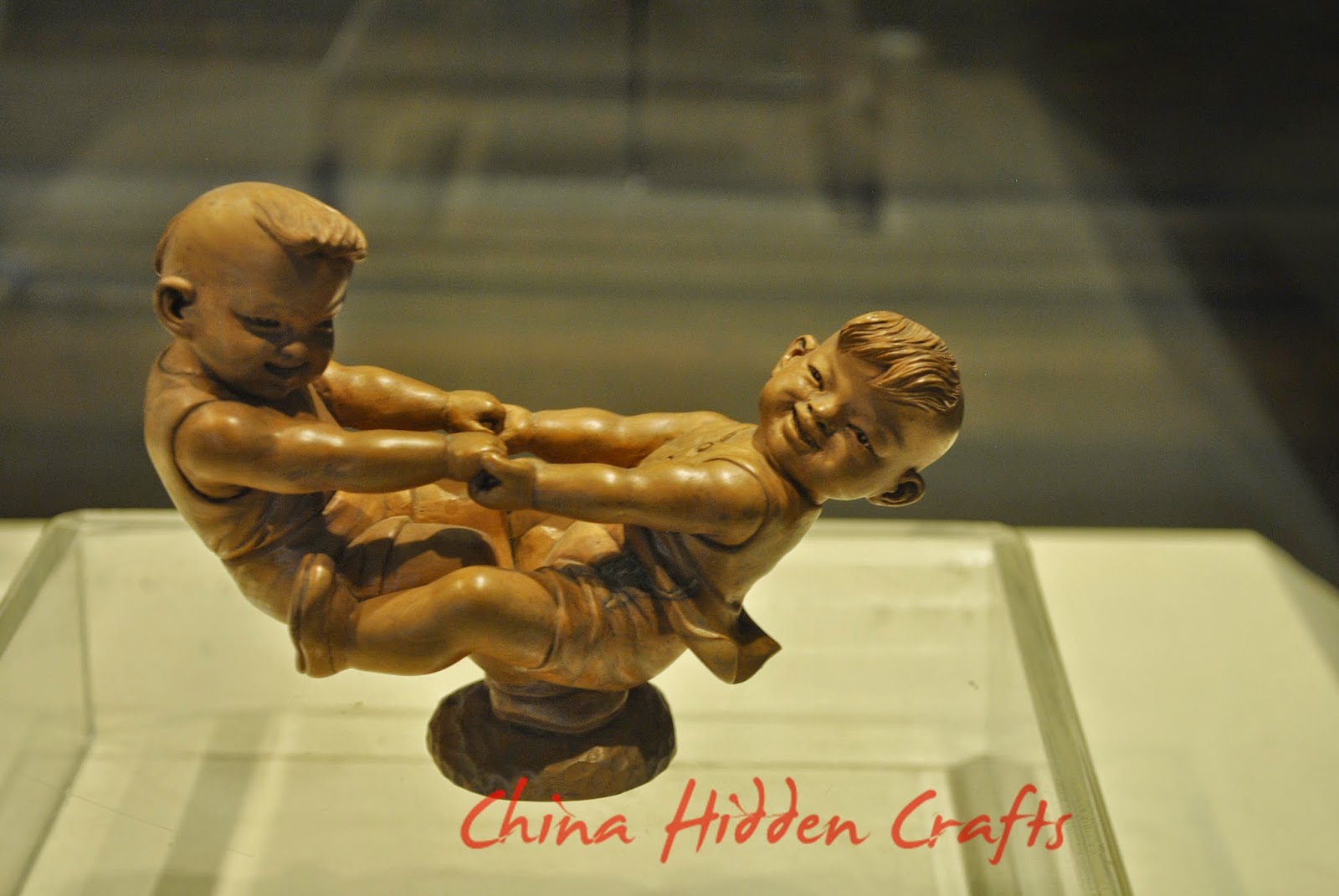If
you watched Wong Kar-wai’s movie “In the Mood for Love”, Maggie Cheung`s exquisite
wardrobe probably caught your eyes. Throughout the whole movie she wears an array of elegant qipaos, also called cheongsam, a one-piece garment consisting of a close-fitting
dress with a high neck. Wong has said 20 to 25 qipao alone were made for her
character alone.
This
type of dress is usually referred to as qipao or cheongsam, the latter used
more frequently in Western countries. The term cheongsam (長衫), meaning "long dress",
entered the English vocabulary from Cantonese (the dialect of China's Guangdong
Province), while in other parts of China it is known as qipao (旗袍).
The
qipao as we know it today can be immediately recognized by anybody as a symbol representing
Chinese culture and as an expression of Chinese identity, but what are its
origins and how did it evolve to its current shape?
The
qipao story is closely linked to the political background and cultural history
of China, and its origin can be traced back to the Qinq Dynasty. The Qing Dynasty
was founded by Manchu rulers, whose military and social structure was
organized into "banners" (called “qi” in Mandarin). The Manchu people wore a one-piece dress which,
likewise, came to be called qipao or
"banner dress".
The
early qipao looked very different, it didn't have the tight, figure-hugging
shape the dress is known for today, but it came in the form of loose ankle length
vest, worn on top of a long-sleeved blouse. It was later transformed into the
gown with sleeves that became the prototype of the modern qipao.
 |
| Manchu gown, Hong Kong museum |
Although
the 1911 Revolution overturned the rule of the Qing Dynasty, the qipao survived
the political change. In the 1920s and '30s the qipao became popular as a form
of school uniform, and it also became a symbolic outfit for educated and emancipated
women.
 |
| 1930s advertising poster |
In Shanghai, the traditional Manchu gown met Western tailoring and fashion, evolving into something completely different from its forebear.
With the influence of Western dress styles, the qipao adopted a slimmer cutting, as well as new additions, such as the lotus collar, the Western flip collar, and the lotus sleeves. New fabrics and designs brought new life to traditional qipao, bringing a new-found sense of freedom and modernity. Between the 1930’s and early 1940’s the qipao became not only the quintessential fashion piece of Shanghainese women but also a symbol of the movement for women’s liberation.
 |
| Author and critic Eileen Chang loved to wear qipao |
Being
one of the cultural symbols of the old China, during the communist
uprising, and later during Cultural Revolution with the adoption of the unisex
Maoist suit, the qipao almost totally disappeared on the Mainland. However, in
other Chinese communities such as Hong Kong, the qipao survived and flourished,
reaching the height of popularity during the 1950s and 1960s.
Later
on as young people turned to more relaxed Western fashions, the qipao has been
relegated to evening and formal wear for ceremonial occasions, until its recent
comeback.
 |
Qipao worn at the sun-ray ceremony of the 2008 Beijing Olympic Games
by the actress Zhang Ziyi, Nanjing Museum |
In
2007 a salon dedicated to preserving the tradition of the qipao opened
in Shanghai, where Shanghainese ladies gather together to learn how to dance sit,
walk, behave and choose the right accessories to go with the dress. Initially,
its members were mainly retirees, but lately, the salon has been attracting
younger members. The picture below, from the salon`s website, shows its
member during a gathering.
Today
the qipao has become a source of inspiration for both Chinese and Western fashion
designers, but it`s not common to spot it in everyday life, outside the high-end
fashion shows.
I love
the qipao`s image of elegance and refined femininity, but unfortunately I don`t
own any. When I look at the beautiful women in qipao starring Wong Kar-wai’s In
the Mood for Love and 2046, or Ang Lee`s Lust, Caution, I can`t help feeling
like I would be out of place wearing one. But maybe in a couple of years, when
I`ll feel more “mature” I`ll be ready to go ahead and buy one on myself…
 |
| Tang Wei in Lust, Caution |
 |
| Gong Li in 2046 |
 |
| Zhang Ziyi in 2046 |
 |
| Maggie Cheung, In the Mood for Love |
 |
| Maggie Cheung and Tony Leung, In the Mood for Love |
The movies` photos are sourced from IMBD.



















































